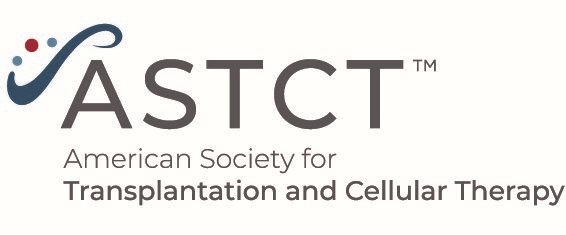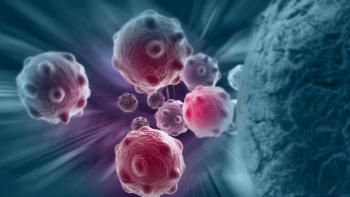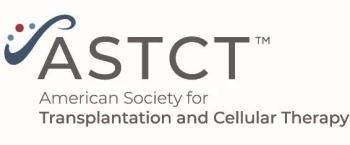
Study Provides First Preclinical Evidence of a Bispecific Trifunctional Antibody–Induced Anti-Tumor Vaccination Effect in Neuroblastoma

Recent research found that the disialoganglioside 2–directed bispecific trifunctional antibody has 2 binding sites which allows for a mitigated T-cell anti-tumor response.
A research team in Berlin has published what they say is the first evidence that a disialoganglioside 2–directed bispecific trifunctional antibody (trAb) – a molecule engineered to have two antigen-binding sites, enabling it to simultaneously bind to a tumor-associated antigen and a T-cell receptor (TCR) complex CD3 – can mediate TCR–independent T-cell anti-tumor responses and induce an anti-tumor vaccination effect that prolonged survival in a tumor-challenged murine model of neuroblastoma.
The study shows for the first time that the SUREK trAb “induces a tumor-specific immunological memory, which was completely absent after tumor vaccination alone,” write Felix Zirngibl, MD, and colleagues at the Berlin Institute of Health. “The production of tumor-directed antibodies was increased by a combination therapy with anti-Pd-1 checkpoint inhibition.” The study
Novel therapies are needed for neuroblastoma, the most common extracranial solid tumor in children with overall survival in recurrent disease that ranges from 2% to 15%, the authors write. “Combining tumor vaccination and SUREK trAb treatment with additional checkpoint inhibitors might further improve anti-tumor effector function and could translate into the clinic as a prophylactic therapy option for children with minimal residual disease.”
Reference
Ivasko SM, Anders K, Grunewald L, et al. Combination of GD2-directed bispecific trifunctional antibody therapy with Pd-1 immune checkpoint blockade induces anti-neuroblastoma immunity in a syngeneic mouse model. Front Immunol. 2023;13:1023206. Published Jan 9, 2023. doi:10.3389/fimmu.2022.1023206
Newsletter
Stay up to date on recent advances in the multidisciplinary approach to cancer.


















































































